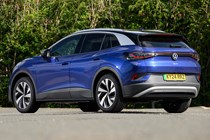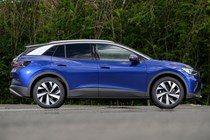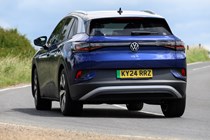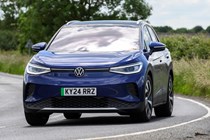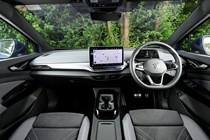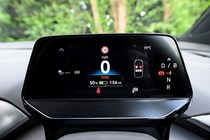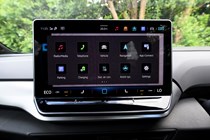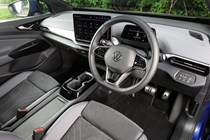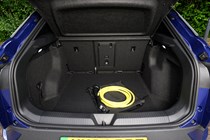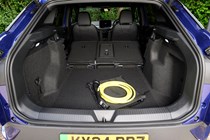
Volkswagen ID.4 running costs and reliability
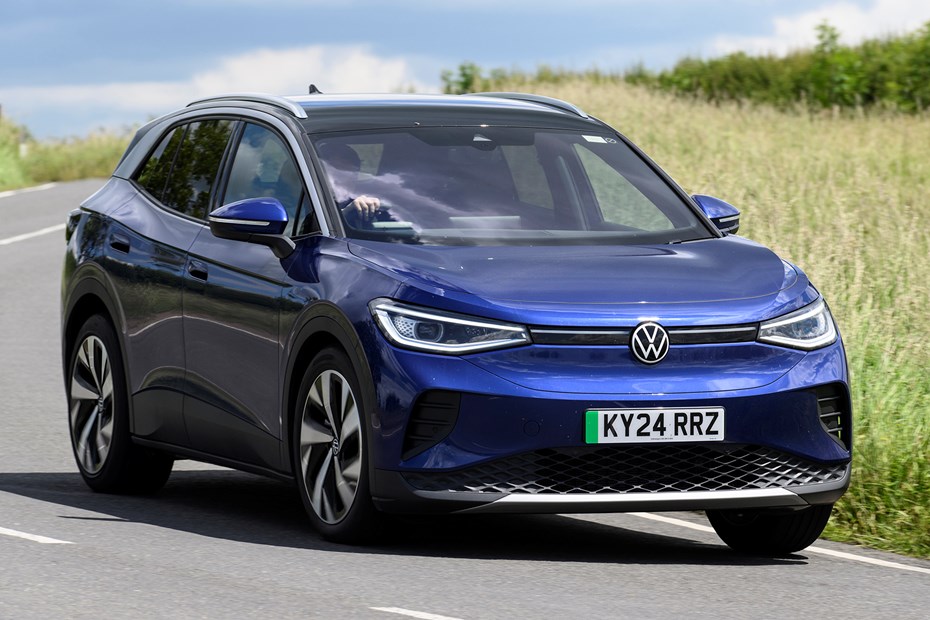
Miles per pound (mpp) ⓘ
| Electric motors, home charging | 10 - 12.6 mpp |
|---|---|
| Electric motors, public charging | 5.4 - 6.8 mpp |
Fuel economy ⓘ
| Electric motors | 3.4 - 4.3 miles/kWh |
|---|
- 125kW charging means 200 miles of range in less than 30 minutes
- Choice of battery sizes to suit your lifestyle
- Can be very cheap to run if you charge at home
What are the running costs?
Like all electric cars, how much it costs to charge depends very much on how you charge it, and by extension your electricity tariff.
Public charging for electric cars can be expensive, especially if you want to use the fastest charging technology available, and you don’t have an up-front subscription. But if you can charge at home, running an ID.4 can be very cheap if you have an electricity tariff designed to support charging electric cars.
Two battery pack sizes are available to ID.4 buyers in the UK: 52kWh, or 77kWh (that’s kilowatt hour, the standard measure of electric vehicle battery capacity).
The 52kWh is, according to its WLTP ratings, capable of up to 233 miles per charge. The 77kWh will officially do up to 328 miles. In real world testing the figures aren’t quite so flattering. In summer we’ve found the 52kWh to offer more like 200 miles while the 77kWh won’t quite manage 300 miles; in winter, where all EV batteries perform less efficiently, you can probably expect to lose around 50 miles more.
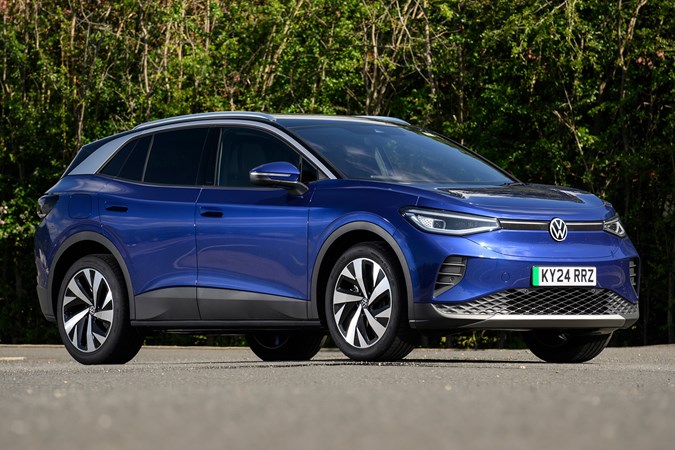
Access the public charging network, and you can add 200 miles to the range of the 77kWh model in 30 minutes, thanks to 125kWh DC fast charging speeds. Lesser ID.4s come with 110kW fast charging as standard, which should give these versions a 20-80% top-up in half an hour. It all sounds impressive, but a Kia EV6 can manage 10-80% in just 18 minutes with a fast enough charger.
If you use a domestic wallbox overnight you’ll probably be ready to go with a full battery by the morning – though for a full charge the 77kWh battery needs 12 hours 40 minutes. A three-pin plug, however, will take more than a day.
Servicing and warranty
Servicing intervals are once a year or every 20,000 miles. It should be cheaper to service than a conventional car, as there are fewer moving parts and fluids to change.
The ID.4 gets the usual three-year/60,000-mile Volkswagen car warranty – though the EV battery components are covered for eight years or 100,000 miles (whichever comes first).
Reliability
- Some early reliability glitches
- Lots of new tech, some of it very advanced
- We’re hearing of issues with 12v batteries
It’s not been plain sailing for Volkswagen. We’re hearing of infotainment glitches and problems while updating. UK breakdown recovery services are reporting that problems with the 12V battery are resulting in a failure to start – sometimes down to user error, sometimes down to software control problems.
Sometimes, the infotainment system can be slow and unresponsive, even on new cars with less than 1,000 miles on them – but over the air updates have been fixing this. Early examples crashed while this process happened, resulting in a visit to the dealer in the worst cases.
A lot of the tech, most notably the electric motors, are proving reliable in service, but the aforementioned glitches have taken the shine off things. You can check the government website for up-to-date information too. If you have got one, please consider leaving an ID.4 owner’s review to help others make a good buying decision.
Ongoing running costs
| Road tax | £195 - £620 |
|---|---|
| Insurance group | 18 - 39 |
Get an insurance quote with

|
|




